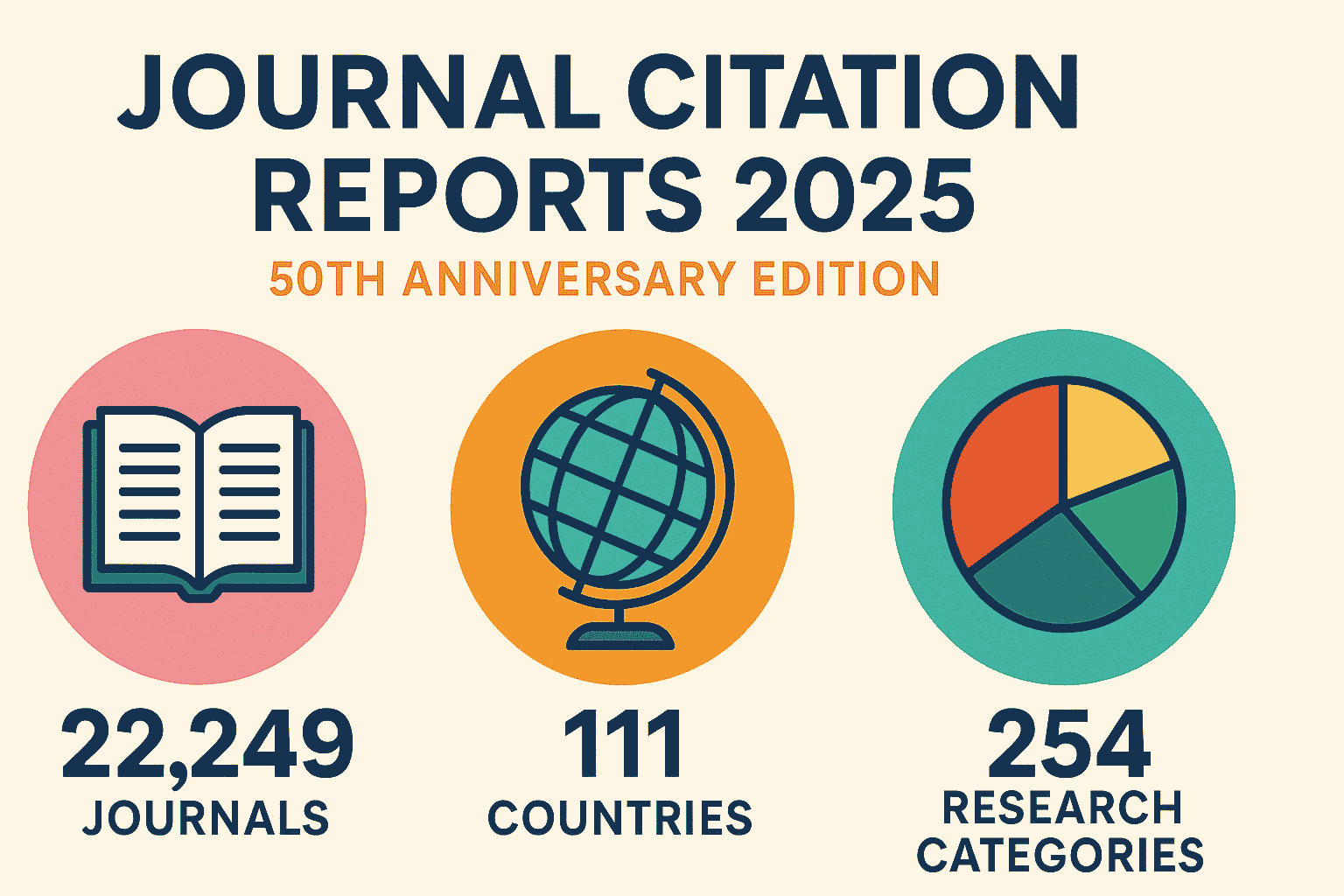Regulation and Dynamics of IFN-β Expression Revealed with a Knockin Reporter Mouse
IFN-β is a potent antiviral cytokine and the first member of the type I IFN family of cytokines to be induced during the antiviral response. IFN-β plays an essential protective role in host defense against virus infections, as well as a pathogenic role in numerous autoimmune and autoinflammatory disorders. However, contemporary tools to study the induction, kinetics, and behavior of IFN-β are lacking. In this study, we describe a knockin Ifnb-IRES-TdTomato-Cre reporter mouse to track IFN-β–expressing cells. We demonstrate pathway-specific induction of the TdTomato reporter and show that the linked Cre recombinase enables permanent marking of cells that express IFN-β. We identify a robust MAVS-dependent IFN-β response in lung epithelial cells following Sendai virus infection in vivo. Finally, we find that activation of RNase L in macrophages by RNA ligands of the RIG-I–like receptors prevents protein translation of IFN-β and the TdTomato reporter. Our mouse model provides a powerful tool to study the biology of type I IFN induction and the antiviral response.
Summary
This study introduces a novel mouse model, the Ifnb-IRES-TdTomato-Cre reporter mouse, designed to track and study IFN-β expression. This model uses a fluorescent TdTomato reporter linked to Cre recombinase, allowing researchers to both visualize and permanently mark cells that express IFN-β. Researchers successfully demonstrated pathway-specific reporter induction, revealing a strong MAVS-dependent IFN-β response in lung epithelial cells upon Sendai virus infection. They also discovered that RNase L activation in macrophages can inhibit IFN-β protein translation. This new mouse model offers a valuable tool for investigating the complexities of type I IFN induction and the antiviral immune response.
Read more…
This post is part of “Science/Immunology News”, Follow for more…!!!







